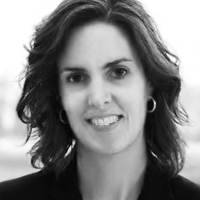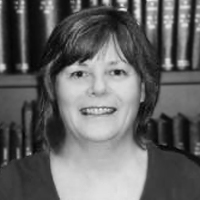Question
Other than applying evidence-based prescriptive targets, what else should be considered when selecting hearing aids for an infant or young child?
Answer
Seewald and Ross (1988) state that there are at least three important components to the hearing aid selection and fitting process for infants and young children: (1) be attentive to the quality and quantity of auditory input received by the child so that the speech and language development can by maximized in a naturally occurring way;(2) the basic premise of the initial hearing aid selection is that all initial electroacoustic characteristics are tentative and (3) hearing aid selection must be viewed as an ongoing process that is part of a complete habilitative program.
Keeping these points in mind, there are several non-electroacoustic items that should be considered when selecting a hearing aid for an infant or young child. One is to ensure the behind-the-ear (BTE) hearing instrument has a pediatric-sized filtered earhook. This will allow for better retention on the child's ear and the filter will reduce peaks in the hearing instrument response that could compromise the fit to targets. Direct audio input is also an important feature as use of an FM system is likely to occur in the future. Also, locking mechanisms for the volume control and battery door are crucial. For most situations, the volume control should remain in one position in the hearing aid. Locking it will ensure that accidental increases or decreases in the amount of volume do not occur while the child is wearing the aids. This could result in over- or under- amplification for a period of time. Locking the battery door compartment keeps the battery from inadvertently coming out and being swallowed by the child. Hearing aid batteries are toxic;therefore, this is a critical safety precaution. Finally, deactivation of advanced features (i.e. directional microphones, noise reduction, and multiple memories) is useful, especially at the early stages where advanced technologies may not be applied.
This Ask The Expert Question was taken from an article previous published on Audiology Online entitled, "Learning the Art to Apply the Science: Common Questions Related to Pediatric Hearing Instrument Fitting". See Bagatto and Moodie (2007) for additional information.
References:
Bagatto, M., Moodie, S., (2007, October 8). Learning the Art to Apply the Science: Common Questions Related to Pediatric Hearing Instrument Fitting. Audiology Online, Article 1886. Accessed from the Article Archives from www.audiologyonline.com/articles/
Seewald, R.C. & Ross, M. (1988). Amplification for young hearing-impaired children. In M. Pollack (Ed.), Amplification for the Hearing-Impaired, 3rd edition (pp. 213-271). Orlando: Grune & Stratton.
Marlene Bagatto, Au.D., is a Research Associate and Sheila T. F. Moodie, M.Cl.Sc., is a Research Audiologist at the National Centre for Audiology at the University of Western Ontario in London, Ontario, Canada.


